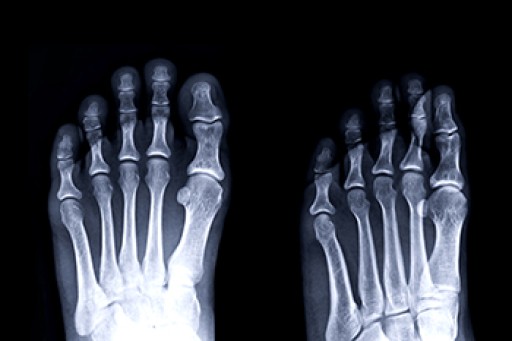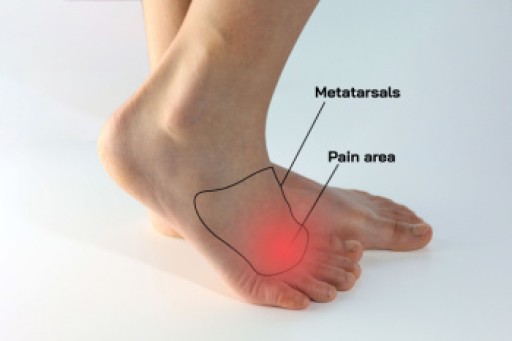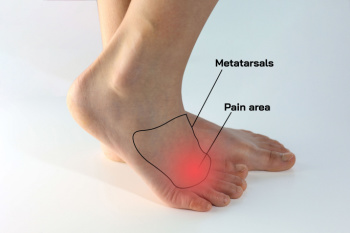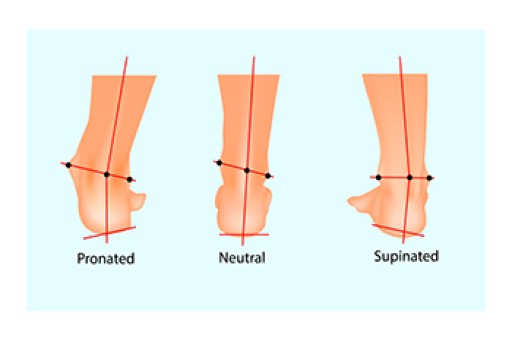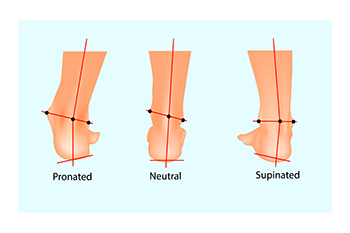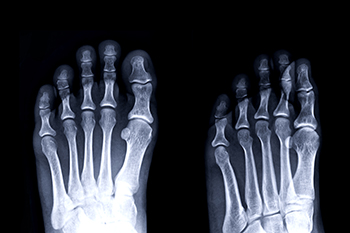
Metatarsal fractures refer to breaks or cracks in one or more of the five long bones in the foot that connect the ankle to the toes. These fractures often result from direct trauma, overuse, or severe twisting of the foot. Symptoms include pain, swelling, bruising, and difficulty bearing weight. Proper treatment is vital for healing, as improper or delayed treatment can lead to serious consequences. Without appropriate care, metatarsal fractures can result in chronic pain, improper bone healing, and long-term mobility issues. Misaligned bones can cause persistent discomfort and increase the risk of arthritis in the affected joints. Therefore, it is essential to seek prompt attention from a podiatrist, follow prescribed treatment plans, and allow adequate time for healing to prevent complications and ensure a full recovery. If you have believe you have fractured a metatarsal, it is strongly suggested that you visit a podiatrist for a diagnosis and treatment.
A broken foot requires immediate medical attention and treatment. If you need your feet checked, contact one of our podiatrists from Community Foot Specialists. Our doctors can provide the care you need to keep you pain-free and on your feet.
Broken Foot Causes, Symptoms, and Treatment
A broken foot is caused by one of the bones in the foot typically breaking when bended, crushed, or stretched beyond its natural capabilities. Usually the location of the fracture indicates how the break occurred, whether it was through an object, fall, or any other type of injury.
Common Symptoms of Broken Feet:
- Bruising
- Pain
- Redness
- Swelling
- Blue in color
- Numbness
- Cold
- Misshapen
- Cuts
- Deformities
Those that suspect they have a broken foot shoot seek urgent medical attention where a medical professional could diagnose the severity.
Treatment for broken bones varies depending on the cause, severity and location. Some will require the use of splints, casts or crutches while others could even involve surgery to repair the broken bones. Personal care includes the use of ice and keeping the foot stabilized and elevated.
If you have any questions please feel free to contact our offices located in Beavercreek, Dayton, and Vandalia, OH . We offer the newest diagnostic and treatment technologies for all your foot and ankle needs.
